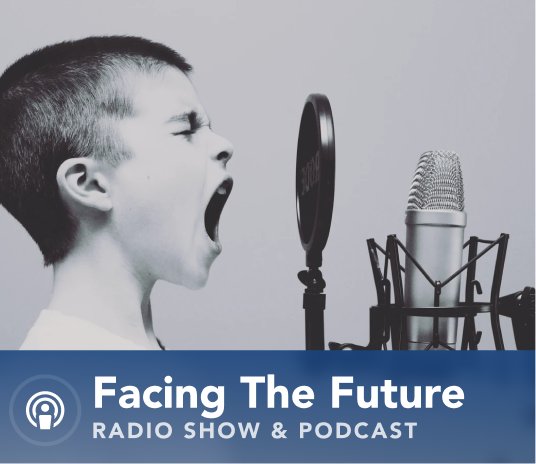On the latest Facing the Future, I was joined by former economic adviser to President Obama and Harvard Professor, Jason Furman, as well as Concord Coalition Executive Director Bob Bixby and Policy Director Tori Gorman. We discussed where recent COVID-19 relief packages by Congress have focused spending and what Furman and other leading experts believe a successful economic recovery should look like.
[Note: Portions of this week’s Facing the Future can be seen in the video clips posted below.]
“This is such a novel situation that we’re facing right now … it’s just a very complicated, unprecedented mixture,” Furman said. “So, there’s a lot both in terms of thinking about policy in the abstract but then there’s also what actually would work in practice.”
Furman shared policy ideas that have gained wider support from economists and outlined the proposed plan he helped author, which he believes is necessary for a successful economic recovery on the heels of the pandemic.
“One idea that’s gained a lot of support among economists in recent years is the idea of improving the automatic stabilizers,” he said. “Rather than waiting for Congress to act and counting on them to act a certain way, the law would pre-specify that if the unemployment rate goes above ‘blank’ then more assistance goes out.”
“Some of the things really were a matter of taking ideas off the shelf and trying to insert them into a conversation,” Furman added.
The four-part recovery plan includes:
- Income support for unemployed and underemployed individuals;
- Pandemic employment benefits for low-wage workers;
- Support for small business; and
- Federal funding for state and local governments.
Furman said those parts are aimed at helping provide a security blanket for people, encouraging people to work and ensuring that work pays. Moreover, the plan intends to better implement what Congress has already done with lending to small businesses and help state and local governments makeup lost revenue and encourage them to maintain investment in people and education systems.
“Until we have a vaccine, this is going to have a very, very big impact on economic activity,” he said. “Even after we have a vaccine, there will be all sorts of permanent changes that this created.”
On the cost of the proposed plan, Furman said he and the authors did not start with a specific dollar-figure in mind or stipulate that the plan could not cost more than a certain amount. They started from the ground up by first asking micro-level questions.
“What makes the most sense for unemployment insurance? What would you need to do to prevent hunger? What’s a reasonably-sized incentive for work that’s not so out of whack? What are the deficits that states and localities face?”
“In terms of what it added up to, it depends on how the economy does,” Furman said. “If there’s a really rapid recovery, it would cost about $1 trillion; if the recovery was slow and painful, it would cost about $2 trillion.”
He added that reality is likely somewhere in-between. There are also some lessons that can be gleaned from our most recent recession.
“There are several lessons from my own experiences with the Great Recession; one is it’s better to act early and to act big,” Furman said. “A second is it’s important to stay with it as long as you need to.”
Read more about the recovery plan in the op-ed published in the Washington Post that Furman co-authored by clicking here.
Gorman broke down where funding in COVID-19 relief packages has been targeted, including providing a pie chart that you can view here.
She said there are primarily four buckets in which spending has been appropriated: 1) aid to individuals and households; 2) aid to businesses, institutions and state and local governments; 3) spending on medical care and research; and 4) administrative support to federal agencies tasked with administering programs and distributing funds.
“What you can see from the chart is that the bulk of the spending, about 59 percent or $1.4 trillion, was distributed to businesses and institutions,” Gorman said. “This makes sense because the largest piece of legislation, the $1.7 trillion CARES Act, included a lot of incentives to keep the employer-employee relationship intact.”
Gorman pointed to the chart as reflecting Congress’ current priorities. However, “going forward, lawmakers will evaluate in July where we stand now and who needs additional funding,” she said. “We know the recovery is going to be uneven.”
Hear more on Facing the Future. I host the program each week on WKXL, NHTalkRadio.com (N.H.), and it is also available via podcast. Join me and my guests as we discuss issues relating to national fiscal policy with budget experts, industry leaders and elected officials. Past broadcasts are available here. You can subscribe to the podcast on Spotify, iTunes, Google Play Music or with an RSS feed. Follow Facing the Future on Facebook and watch videos from past episodes on The Concord Coalition YouTube channel.





